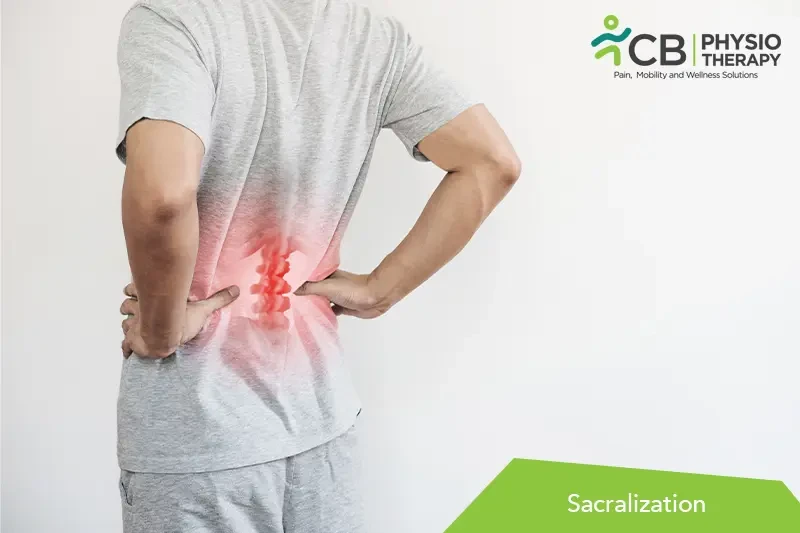Cryotherapy:Ice therapy or cryotherapy can be used in case of inflammation or swelling.
Thermotherapy:Heat therapy can be used to increase circulation to the affected area.
Transcutaneous electrical nerve stimulation (TENS):TENS uses low-voltage electrical currents to stimulate the nerves in the affected area. This can help to reduce pain and muscle tension associated with sacralization.
Ultrasound therapy: Ultrasound therapy uses high-frequency sound waves to penetrate the skin and stimulate blood flow to the affected area. This can help to reduce inflammation and promote healing.
Interferential current therapy (IFC): IFC uses two high-frequency electrical currents to produce a low-frequency current that can help to reduce pain and inflammation.
Electrical muscle stimulation (EMS): EMS uses electrical currents to stimulate the muscles in the affected area. This can help to strengthen weak muscles and improve the range of motion in the lower back.
Spinal cord stimulation (SCS): SCS uses a small electrical device implanted under the skin to send electrical signals to the spinal cord. This can help to block pain signals from the affected area and reduce pain associated with sacralization.
Manual therapy: Manual therapy techniques, such as joint mobilization, soft tissue mobilization, and myofascial release, can help to reduce pain and improve mobility in the lower back.
Therapeutic exercises: Specific exercises can help to strengthen the muscles of the lower back, improve flexibility, and reduce pain. A physiotherapist can develop a customized exercise plan based on the individual needs of the patient.
Lifestyle Modification:A physiotherapist can provide advice on lifestyle modifications, such as avoiding activities that aggravate symptoms and managing pain, and preventing further injury.
